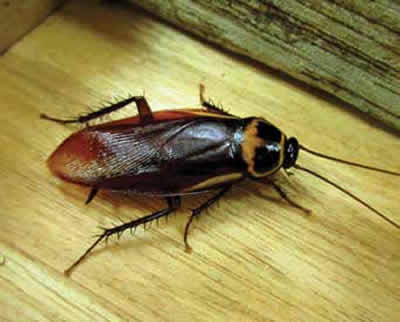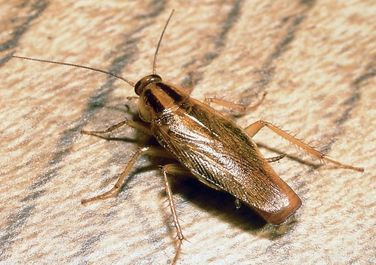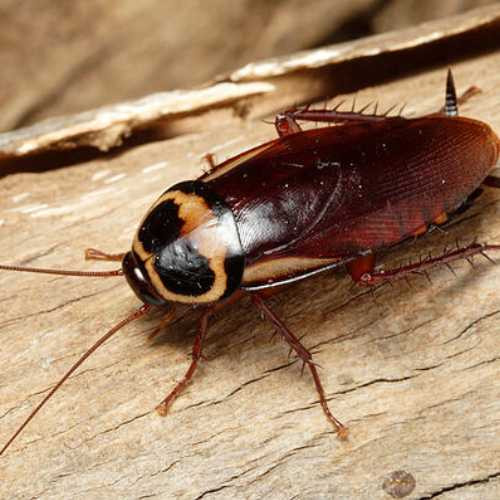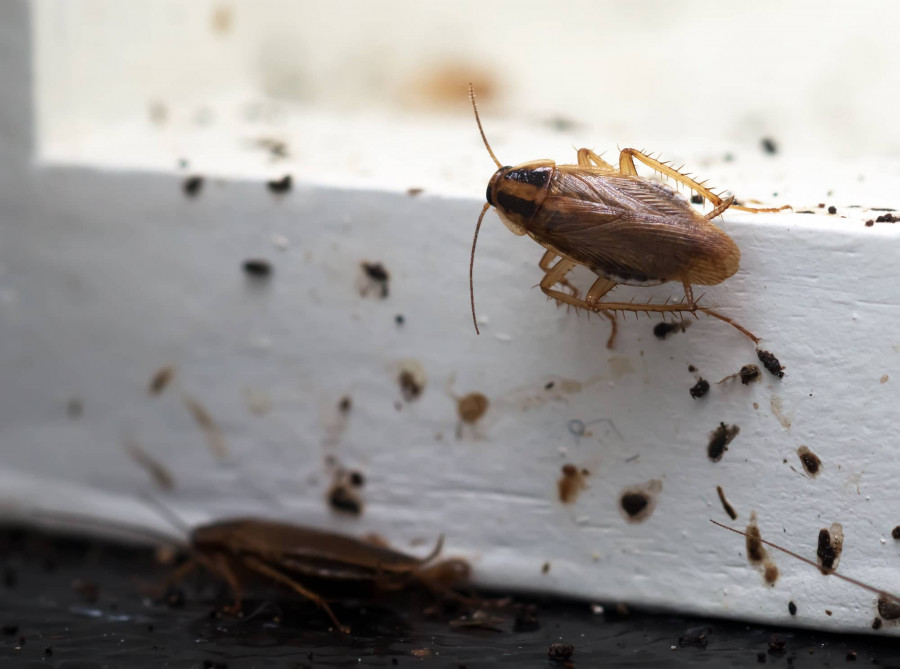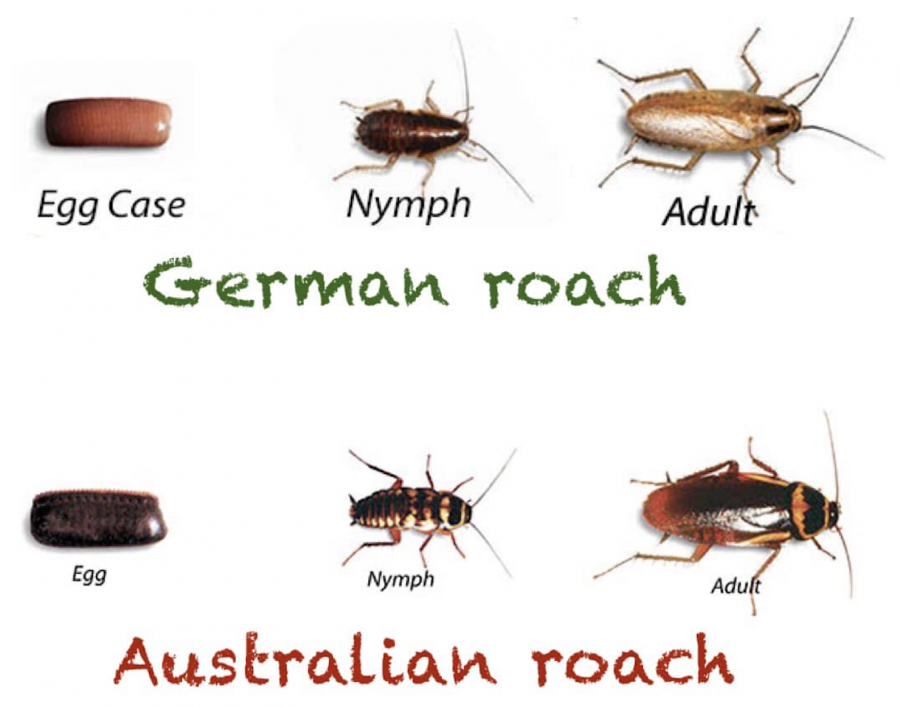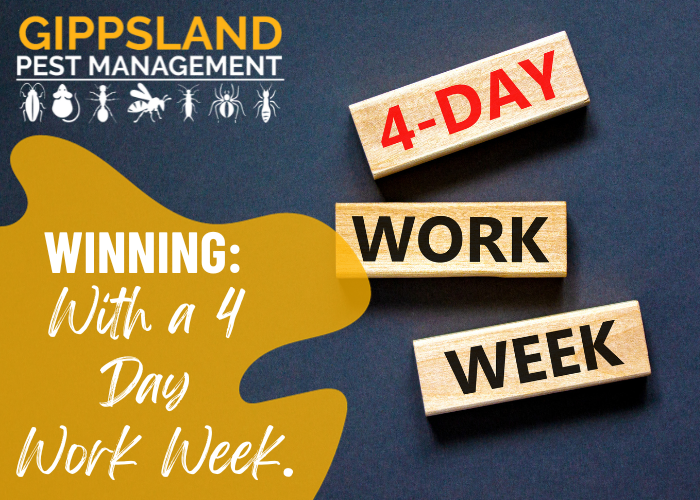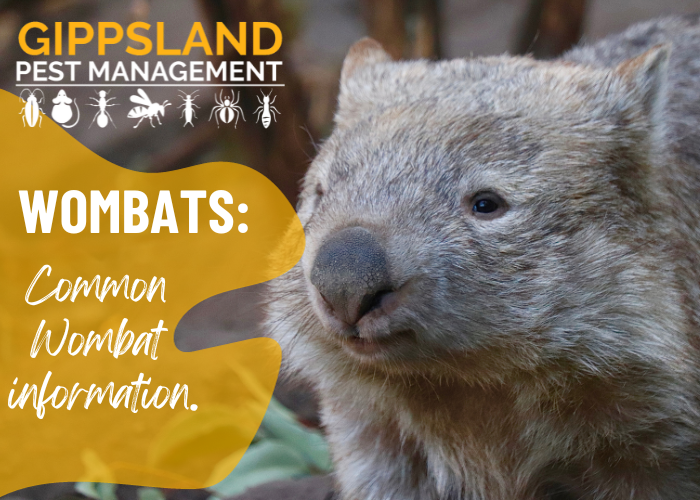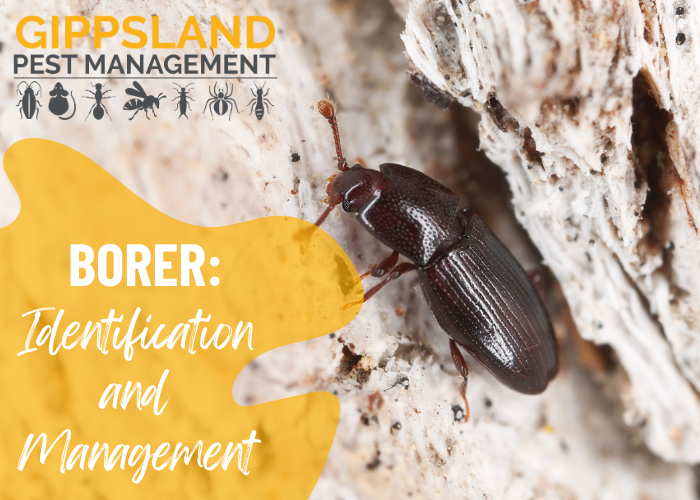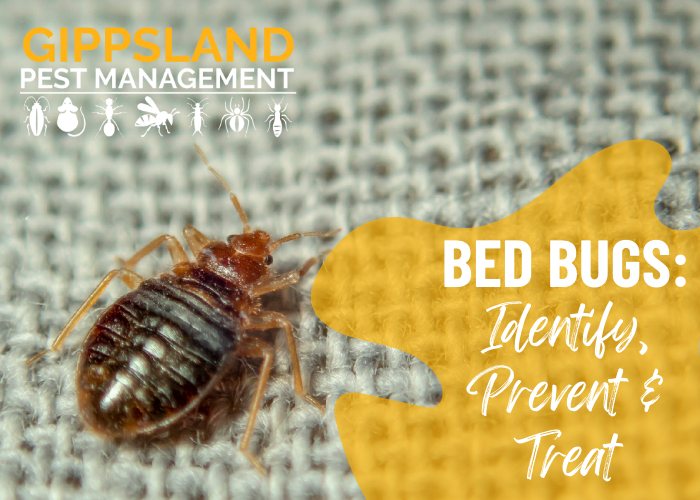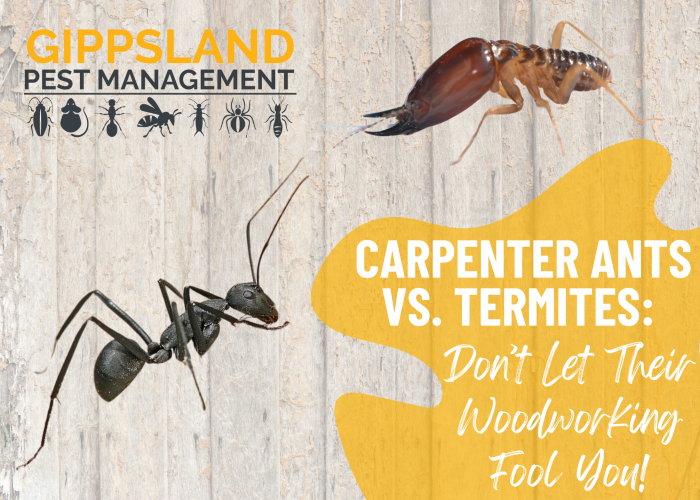🔍 Appearance
Australian Native Cockroaches:
• Size: Ranging from 25 mm to 35 mm in length, they are around the size of a 50c coin.
• Colour: Their muddy brown bodies are highlighted by a distinctive yellow line around the head, along with light yellowish stripes on their wings.
• Flying Ability: Unlike many other species of cockroaches that have lost this capability over time, they possess functional wings that allow them to take flight when necessary. However, they primarily rely on their legs for running.
German Cockroaches:
• Size: These invaders measure between 13 mm and 16 mm in length, close in size to a 10c or 20c coin.
• Colour: Light tan to burnt orange in colour, they are distinguished by two darker stripes running along their body, right behind the head.
• Flying Ability: They are equipped with wings but are not strong fliers. Their primary mode of movement is crawling.
🏡 Habitat
Australian Native Cockroaches:
• Origin: Originally from Southern Asia, they have arrived in Australia via ships and now considered the native cockroach species.
• Preferred Environment: They thrive in natural settings like forests and bushland, making them commonly found outdoors, inhabiting leaf litter piles or hide beneath rocks and logs.
• Social Behaviour: They are typically solitary creatures and do not congregate in large groups but may be found alone or in small numbers in their natural habitats. When they do enter homes, it's often by chance rather than an indication of a large infestation.
German Cockroaches:
• Origin: Interestingly, despite their name, German cockroaches originate from Tropical Africa. However, they’ve spread worldwide and are now one of the most common indoor pests.
• Preferred Environment: They love to set up shop in warm, humid indoor spaces-especially in kitchens and bathrooms- where they can easily access food and water.
• Social Behaviour: German cockroaches are highly social and prefer to live in large groups. Their tendency to hide in cracks, crevices, and behind appliances allows them to form large colonies quickly.

